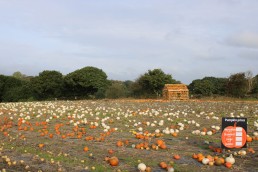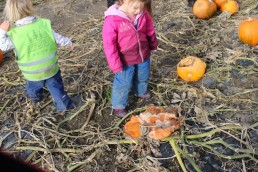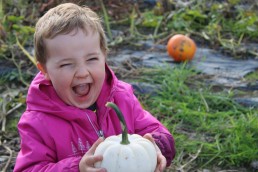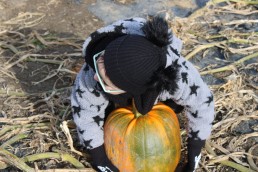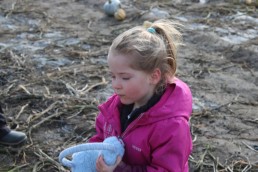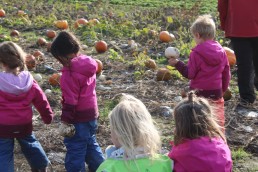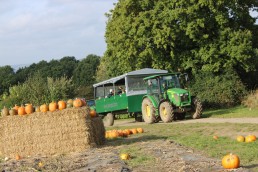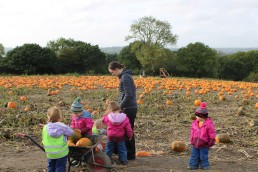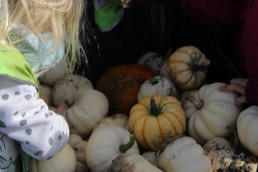Harvesting Memories: Pumpkin Picking
Through the lens of child development, in this blog we’ll examine how pumpkin picking fosters sensory experiences, enhances understanding of nature’s transformations, and nurtures emotional growth.
History
Pumpkins have a rich history that dates back thousands of years. They are believed to have originated in Central America and were cultivated by indigenous peoples. These early civilizations used pumpkins for food, medicine, and even as containers. The tradition of pumpkin picking as we know it today can be traced back to the harvest festivals of ancient cultures. In Europe, people would celebrate the harvest season by gathering crops, including pumpkins, and displaying them in festive displays.
This practice eventually made its way to North America with the arrival of European settlers. In the United States, pumpkin picking became a popular fall activity in the 19th century. Families would visit pumpkin patches or their own fields to select the perfect pumpkins for cooking, carving, or decorating. It became a cherished tradition and a symbol of the autumn season. Today, pumpkin picking continues to be a beloved activity for families and individuals alike. It’s a way to connect with nature, enjoy the beauty of the fall season, and celebrate the harvest.
Inspirations day out
On Wednesday the 18th of October, the preschool children begun their pumpkin adventure! The day consisted of a tractor ride, wheelbarrows, blue and pink pumpkin pickings and examining the squashed pumpkins. Throughout the day the children explored their curiosity into pumpkins asking questions about their shape, size, colour and texture, following their interest and enhancing their language.
Importance
Their are many impotence’s to pumpkin picking for children, here are a few key points:
1. Engaging with Nature: Pumpkin picking provides children with a hands-on experience in nature, allowing them to connect with the environment and appreciate the beauty of the changing seasons.
2. Learning Opportunities: Pumpkin picking offers various learning opportunities for children, such as understanding plant growth, life cycles, and the importance of agriculture.
3. Creativity and Imagination: Pumpkins serve as a canvas for children to express their creativity and imagination through carving, painting, and decorating, fostering their artistic skills.
4. Physical Activity: Pumpkin picking involves physical activity, including walking, carrying, and lifting, which promotes gross motor skills and a healthy lifestyle.
5. Family Bonding: Pumpkin picking is often a family activity, creating lasting memories and strengthening family bonds through shared experiences and teamwork.
Activities
There are so many fun and educational activities you can do with pumpkins and children. Here are a few ideas:
1. Pumpkin Decorating: Let children express their creativity by painting or decorating pumpkins with stickers, glitter, or other craft materials.
2. Pumpkin Carving: Carve pumpkins together, creating unique designs. Remember to supervise and assist children with the carving process.
3. Pumpkin Seed Exploration: Scoop out the pumpkin seeds and have children wash and dry them. Then, roast the seeds for a tasty and nutritious snack.
4. Pumpkin Science Experiments: Use pumpkins to explore concepts like buoyancy, decomposition, and seed growth. For example, you can create a pumpkin volcano by combining baking soda and vinegar inside a carved pumpkin.
These activities provide opportunities for creativity, learning, and family bonding. Embrace the wonders of pumpkin picking!
In conclusion, pumpkin picking is a joyous occasion for children and their families, indulging into the rich culture, connecting with nature and allows the children to enhance their decision making skills and gives them responsibility over the pick of perfect pumpkins!



